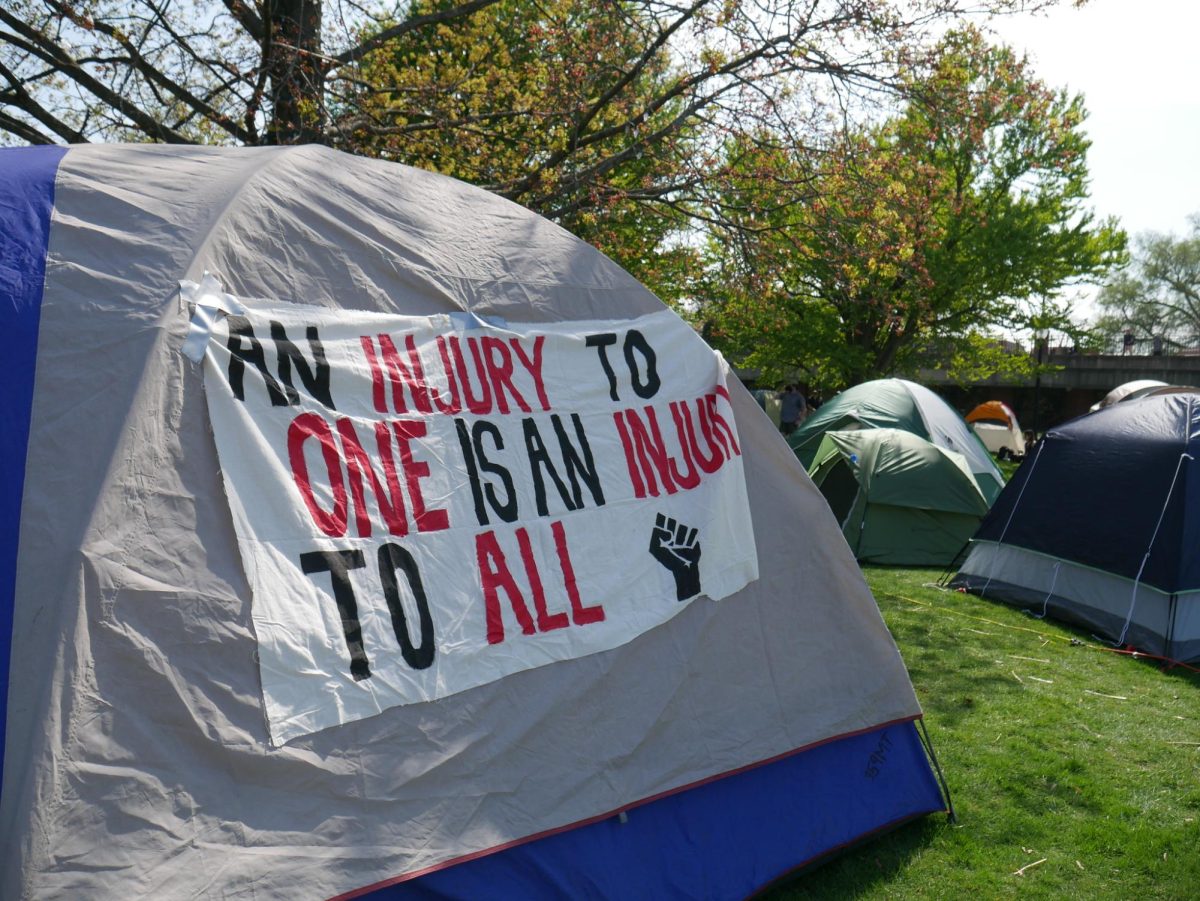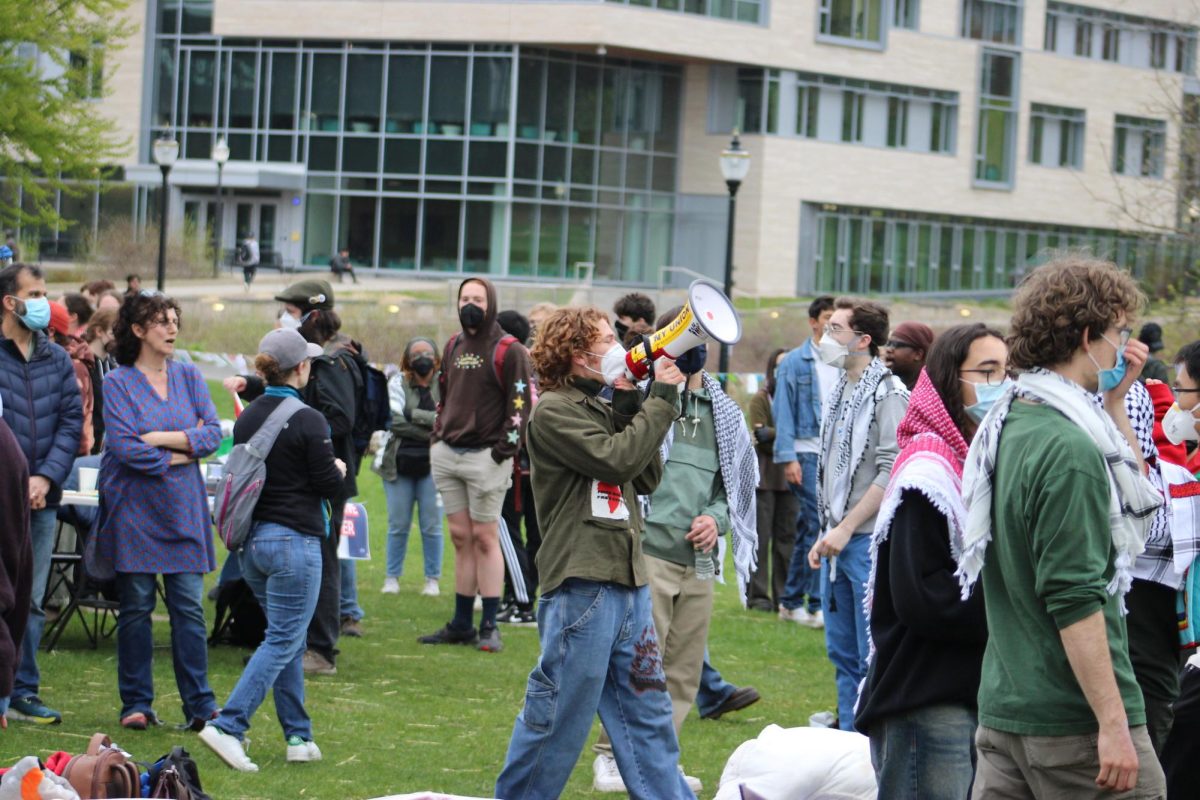“Protesting doesn’t work.” It is a common refrain these days, and it is true in some sense. It all depends on what “work” is presumed to mean, and what the goals are. If the expectation is that change will happen the day after the demonstration, then obviously protesting does not work, and has not ever worked.
If, on the other hand, the goal is to build community, to affirm that there are thousands of Americans who feel the same as you, then whether protesting “works” is far more debatable. If it is to add momentum to, for example, the growing antiwar sentiment in the country, and to pressure members of Congress into changing their position on the war before it costs them their seats in November, then protesting has a good chance of “working,” much as it has in the past. Even then, however, results will not be immediately apparent.
It is therefore difficult to give an account of Saturday’s march in New York City without sounding negative. In truth, the highlight of the march did not occur until Sunday, when I read that the estimated participation was somewhere around 300,000. The vanload of people from Amherst who I had the pleasure of attending with made it 300,015. We started out among the labor contingent, behind the Transport Workers Union and the Service Employees International Union. The unions’ participation was striking.
But as the march began and we moved ahead in the crowd, the labor unions melted abruptly into a column of youths, dressed in red tee-shirts, who chanted at the direction of their leader, armed with a bullhorn. “Death, death, death to fascists!” was their battle cry. These were the Progressive Labor Party, the PLP, and one of them eagerly thrust their “revolutionary communist newspaper” into my hands. Just then I spotted an elderly veteran, who apparently had been trailing along the barricades following us. “That’s right,” he nodded, “this whole march was set up by the Communist Party.”
He was right, sort of. Since 2001, one of the two major organizers of the big demonstrations in New York has been ANSWER, which stands for Act Now to Stop War and End Racism, and which has long been suspected of being a front group for state socialists and apologists for North Korea. Strangely, ANSWER was uninvolved in this march. They seemed to have rebranded themselves as the World Can’t Wait campaign, after publicly splitting with the more moderate United for Peace and Justice, traditionally the other primary organizer, some months ago.
Still, everywhere you turned there was a different Communist, Socialist, Marxist, or Workers party, from the PLP to Workers’ Assets (“Bush Lost Iraq,” their signs dumbly complained, as if that were a bad thing) to the US Marxist-Leninist Organization to the Spartacist League to the International Socialist Organization to the Working Families Party. And every one of these had its own newspaper, either for a modest “suggested donation” or for free.
We had expected a rally at the end of the march, but instead there was a “peace festival,” an amalgamation of tents for all the disparate organizations working for the same thing. But while results were not instant, post-march analysis was. It seemed we all came away with an idea of how things should have been done.
There was no unifying message, I complained; there were too many groups with identical goals and with similar names. Others commented on the mysterious lack of civil disobedience; still others wondered where the role of electoral politics was in all of this. When the New York Times predictably gave the march scant coverage the following day, someone floated the idea of marching on the paper’s offices and demanding to speak to the ombudsman.
Compare all this to Monday’s rally in Amherst in support of immigrant rights. The success of that action, and whether it “worked,” was not something you had to think about, or qualify, or write off as a “learning experience.” True, there were some odd moments, such as the typical comparisons made between America and Nazi Germany, as well as one speaker “thanking the white people” who came to show their support. But overall the message was clear: justice, human rights, and to hell with House Resolution 4437. I came away certain that Congress was listening, or that if they were not; they would come to regret it dearly. For many important reasons, you could not say the same thing about Saturday.
Mike Sances is a Collegian columnist.






